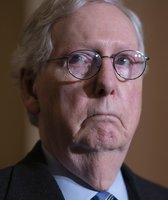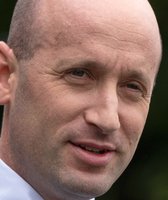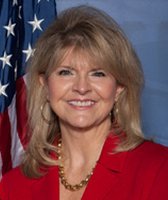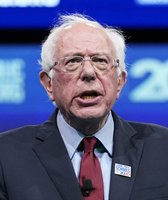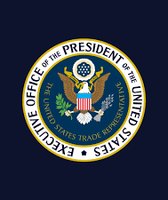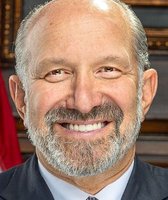Stand up for the facts!
Our only agenda is to publish the truth so you can be an informed participant in democracy.
We need your help.
I would like to contribute
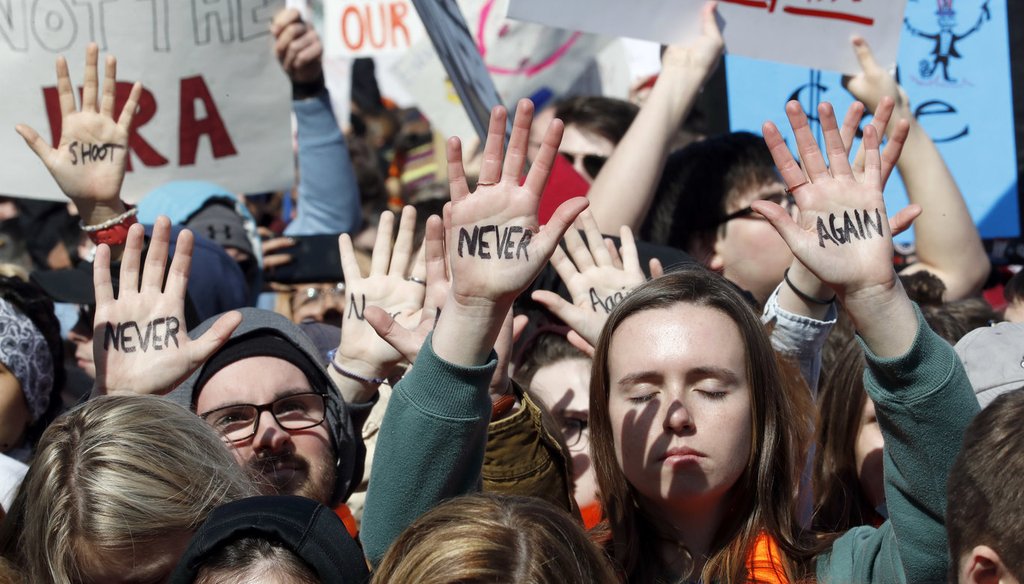
People hold their hands up with messages written on them during the March For Our Lives rally in support of gun control March 24, 2018, in Washington. (AP)
Young people flocked to March for Our Lives rallies in Washington, Parkland, Fla., and many other cities around the nation March 24 to speak out against gun violence.
The rallies occurred about six weeks after the mass shooting at Marjory Stoneman Douglas High School in Parkland that left 17 dead. The crowd in Washington listened to a roster of young speakers, including survivors of the attack, and musical performances from Andra Day, Demi Lovato, Miley Cyrus and Lin-Manuel Miranda. They held signs calling for new gun restrictions and wrote "Never Again" and "Don’t Shoot" on their hands.
PolitiFact fact-checked many of the claims from the stage in Washington.
NRA donations to Sen. Marco Rubio
David Hogg, one of the student leaders from Marjory Stoneman Douglas (and who is not a crisis actor), opened his speech in Washington by saying, "I'm going to start off by putting this price tag right here as a reminder for you guys to know how much Marco Rubio took for every student's life in Florida. $1.05."
The March for Our Lives website includes a printable graphic showing the $1.05 "price tag." It is the amount that the NRA has contributed to Rubio ($3,303,355) divided by the number of students in Florida (3,140,167, which the graphic said includes public and private students).
Sign up for PolitiFact texts
That per-student total may not be very precise. We found a close but slightly higher total of students in public schools (2.8 million for the 2017-18 school year) and private schools (368,321 in 2016-17).
But their big point is about the NRA. The $3.3 million represents the NRA’s outside spending on behalf of Rubio or against his opponents since Rubio’s first bid for U.S. Senate in 2010, according to the Center for Responsive Politics. That total includes about $1 million in support and $2.3 million against opponents.
Rubio, who ran both for president and ultimately for Senate in the 2016 election cycle, has said that the NRA money reflects his support for the Second Amendment and the group’s preference for him over his opponents.
If you add it all up — candidate and party contributions, independent expenditures, and lobbying — the NRA has spent at least $203.2 million on political activities since 1998.
"Ninety-six people die every day from guns in our country."
Hogg’s estimate is correct.
What is left unsaid is that most of those deaths are suicides, not homicides.
According to the Brady Campaign to End Gun Violence, 61 percent of the daily death count is attributed to suicide by a gun.
"Shooting after shooting, the American people now see the one thing they all have in common: the weapons."
Parkland student Cameron Kasky made this point early in the event while calling for an assault weapons ban. Semi-automatic rifles similar to the AR-15 have been used in high-profile and deadly mass shootings over the years in Aurora, Colo.; Roseburg, Ore.; San Bernardino, Calif.; Newtown, Conn.; Orlando; and in 2017, Las Vegas; Sutherland Springs, Texas; and Parkland, Fla.
"Since 2008 there have been at least 95 mass shootings in this country."
Parkland student Jarod Miller was talking about the past decade without any new national gun laws. The various definitions of "mass shootings" means there is no single total, but we could not find a count of mass shootings that matched that number since 2008.
A Mother Jones database shows about 54 mass shootings since 2008. Mother Jones generally defines a mass shooting as a single attack in a public place in which four or more victims were killed by the attacker, excluding shootings stemming from more conventional crimes such as armed robbery or gang violence. (The database started including attacks with three or more victims in 2013.)
This database shows there have been at least 98 public mass shootings since 1982.
The Gun Violence Archive offers a broader source of gun deaths, defining a mass shooting as at least four people injured or killed in one location, not including the suspect. Criminologists previously told PolitiFact that this group’s tally includes gang shootings and home invasion robberies. The archive shows 1,381 mass shootings starting in 2014 through March 24, 2018.
A Congressional Research Service analysis of FBI data added up the number of mass shootings in two different categories: public mass shootings and "familicide" mass shootings in which a parent, former intimate partner or child shot victims to death. That showed there were 66 public mass shootings and 127 familicide mass shootings between 1999-2013.
"The Center for Disease Control does not have the funds to research" gun violence.
Parkland student Jaclyn Corin targeted the NRA-backed Dickey Amendment of 1996, which has had the effect of halting CDC research into gun violence for 22 years. Its fate in 2018 is less clear.
The amendment by Rep. Jay Dickey, R-Ark., said "none of the funds made available for injury prevention and control at the Centers for Disease Control and Prevention may be used to advocate or promote gun control." As a matter of law, it only prevented money going toward research aimed at promoting gun control. But as a matter of politics, that distinction is murky, so research has been limited.
Could that change this year? Agency instructions for the 2018-19 omnibus spending bill, signed into law the day before the march by President Donald Trump, include a line that says, "While appropriations language prohibits the CDC and other agencies from using appropriated funding to advocate or promote gun control, the Secretary of Health and Human Services has stated the CDC has the authority to conduct research on the causes of gun violence."
Florida Rep. Stephanie Murphy, a Democrat from Orlando, touted this line as "unprecedented language that effectively repeals the two-decade-old Dickey Amendment." But researchers told NPR and the Washington Post they were not hopeful given the lack of federal dollars to carry out any studies.
"There's no agreement on funding. There's no funding. There isn't even encouragement," Garen Wintemute, a gun violence researcher at the University of California-Davis, told the Post.
Who organized the marches?
A final note: The National Rifle Association attacked the March For Our Lives as being "backed by radicals with a history of violent threats, language and actions," saying two co-chairs of the national Women’s March group played a major role. We found no evidence that either the organization or those people were directly involved in the march.
The only significant tie between the marches is a producer who leads the Los Angeles chapter of the Women’s March. But the chapter said it is not involved, and the producer has acted on her own to apply for permits and establish the March For Our Lives’ nonprofit support fund.
Major organizational muscle behind the march, both in Washington and in cities nationwide, comes from two well-known gun control advocacy groups, neither of which has a history of violent behavior. A number of related organizations have lent their support, including the Episcopal Diocese of Washington, and celebrity donors have given millions of dollars.
We have updated this report with new fact-checks. Send ideas for fact-checks to truthometer@politifact.com
Our Sources
See linked fact-checks.
March for Our Lives, Website, accessed March 24, 2018
Mother Jones, US Mass shootings, 1982-March 10, 2018
Gun Violence Archive, Accessed March 24, 2018
Congressional Research Service, Mass Murder with Firearms: Incidents and Victims, 1999-2013
Florida Department of Education, Florida’s private schools, 2016-17 report
Miami Herald, "NRA-backed South Florida lawmakers say gun control laws won’t prevent mass shootings," Feb. 15, 2018
Center for Responsive Politics, NRA outside spending 115th Congress
PolitiFact, "Counting up how much the NRA spends on campaigns and lobbying," Oct. 11, 2017
Interview, Sheila Krumholz, Center for Responsive Politics executive director, March 24, 2018



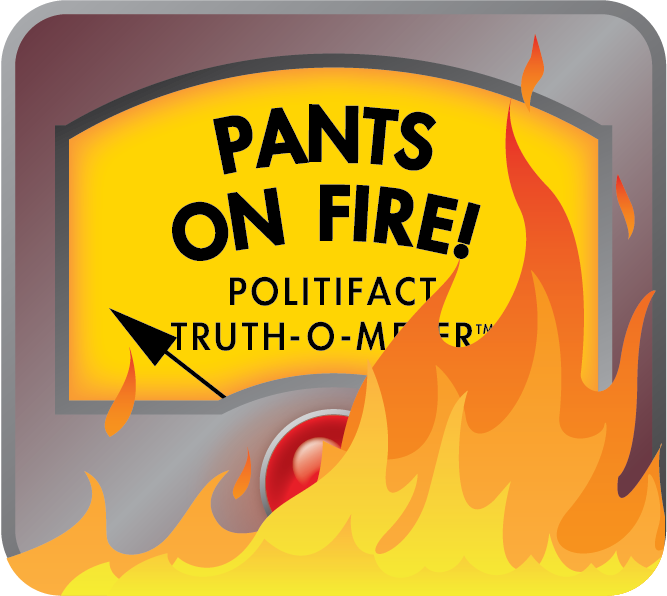 PolitiFact Rating:
PolitiFact Rating: 













